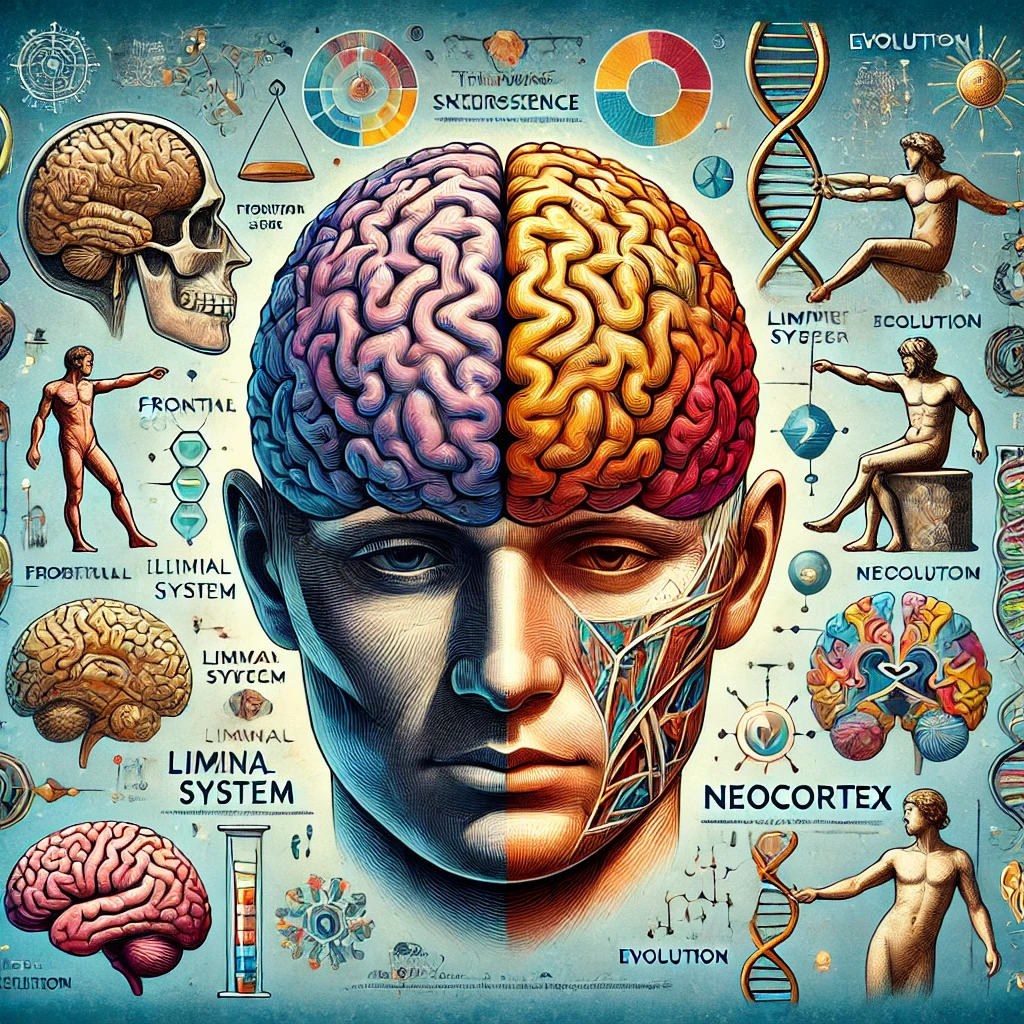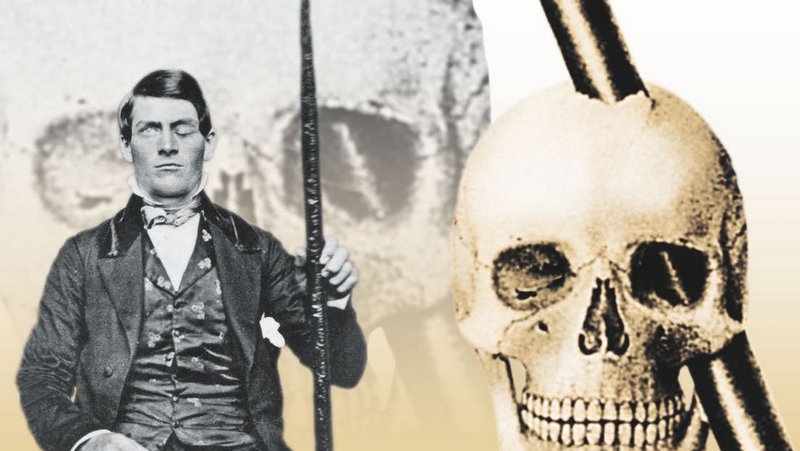The human brain remains one of the greatest mysteries for neuroscientists, with its physical and psychological depths continuously captivating researchers. The extraordinary accident experienced by Phineas Gage in 1848 stands out as one of the most significant cases shedding light on the brain’s role in personality and decision-making processes.
The Case of Phineas Gage Effects of Brain Damage on Personality
In 1848, Phineas Gage, an American railroad construction worker, survived an accident in which a large iron rod pierced his head. The rod entered through his left cheek, passed through his frontal lobe, and exited from the top of his skull. While Gage’s vital functions remained intact despite the severe damage to his frontal lobe, a dramatic change in his personality shocked those around him. Before the accident, Gage was known as thoughtful, polite, and cautious. Afterward, he became impatient, impulsive, and dismissive of moral norms. His acquaintances remarked, “He is no longer Gage,” emphasizing the transformation. This case became a pivotal example for neuroscientists, demonstrating the frontal lobe’s critical role in personality, impulse control, and decision-making.
Brain Plasticity and Rehabilitation Insights from Gage’s Case
Gage’s case revealed that different regions of the brain serve distinct functions and that damaged areas can sometimes be partially compensated for by other regions. These findings provided significant clues about brain plasticity and rehabilitation. Despite the extensive damage, Gage’s ability to survive highlighted the brain’s resilience and adaptability.
Evolutionary Development of the Brain The Reptilian Brain and Limbic System
Looking at the evolutionary development of the human brain, the most primitive part, known as the “reptilian brain,” governs basic survival functions. This structure enables rapid and automatic responses during moments of danger. Coined by neuroscientist Paul MacLean, the term refers to the evolutionary roots of the survival instincts. In mammals, structures like the limbic system were added, enabling the brain to manage complex social interactions. This system, which regulates social behavior, became one of humanity’s evolutionary advantages.
The Neocortex The Pinnacle of Brain Evolution
The neocortex represents the most advanced evolutionary stage of the human brain. It facilitates abstract thinking, planning, and complex decision-making. Compared to other animals, the development of the neocortex explains humans’ social and cognitive superiority. This structure has enabled humanity to rise to the top of the food chain.

The Brain’s Hemispheres and Split-Brain Research
The brain is divided into two hemispheres: the left hemisphere is responsible for analytical thinking, while the right governs holistic thought. To control potentially fatal seizures in epilepsy patients, a surgical procedure severing the connection between the two hemispheres was developed. This surgery revealed that the hemispheres could function independently. Nobel laureates Roger Sperry and Michael Gazzaniga conducted detailed research on the distinct functions of the left and right hemispheres. For instance, while the left brain manages language functions, the right brain processes information differently.
The Brain’s Storytelling Ability and the Left Hemisphere’s Distortions
The left hemisphere constantly creates stories and reasons to make sense of the world. Michael Gazzaniga’s experiments demonstrated that the left brain excels at distorting reality. It even rationalizes situations it is unaware of consciously. For example, when the right brain initiates a movement, the left brain fabricates a plausible yet incorrect explanation for it.
The Fictional Self and Mental Distress
In its storytelling endeavors, the brain constructs a fictional self. This self, shaped by the left brain’s distortions, often underlies mental distress. Negative emotional states such as anger, anxiety, and jealousy stem from the stories crafted by this fictional self. The inner voice within our minds, constantly interpreting events, can disconnect us from our true selves.
Unlocking the Mysteries of the Brain
In conclusion, the human brain is a profoundly intricate structure, both physically and psychologically. Built layer by layer through evolution, this organ is remarkably complex and remains an enigma yet to be fully unraveled. Our brain constantly generates stories to keep us alive and help us make sense of the world. However, understanding that these narratives do not always reflect reality and questioning our mental processes can lead to deeper awareness.
Final Thoughts
Research on the human brain offers critical insights into personality changes, consciousness, and the perception of self. Understanding this complex organ remains one of neuroscience’s greatest challenges.
